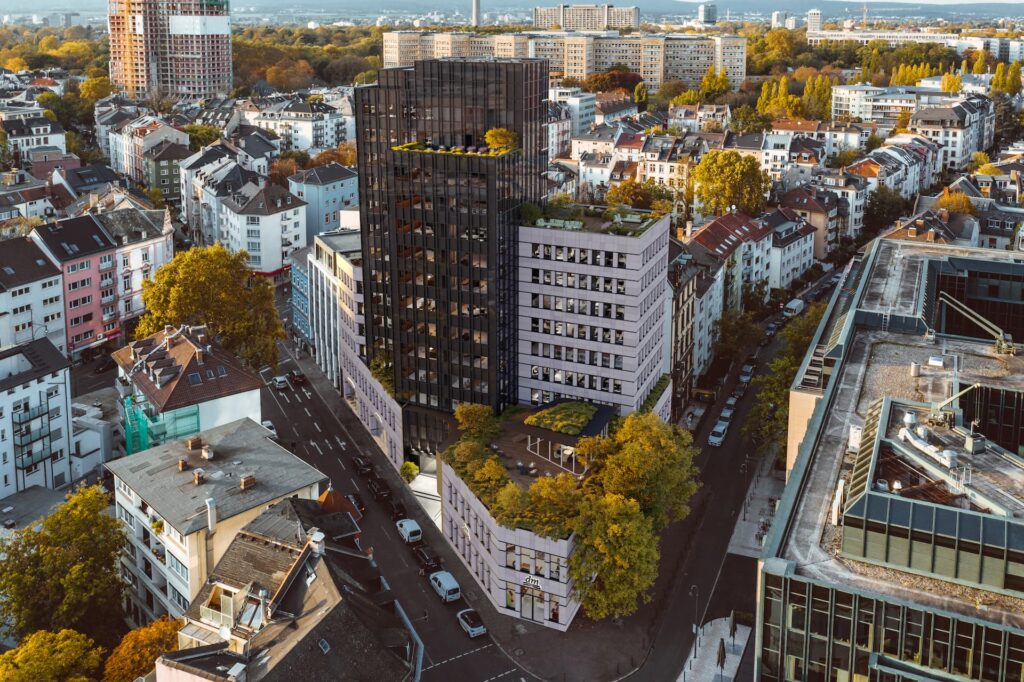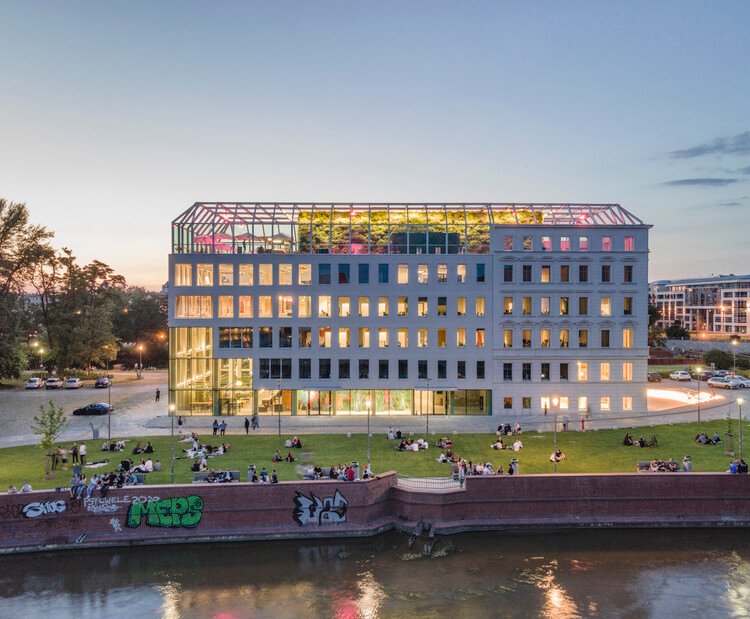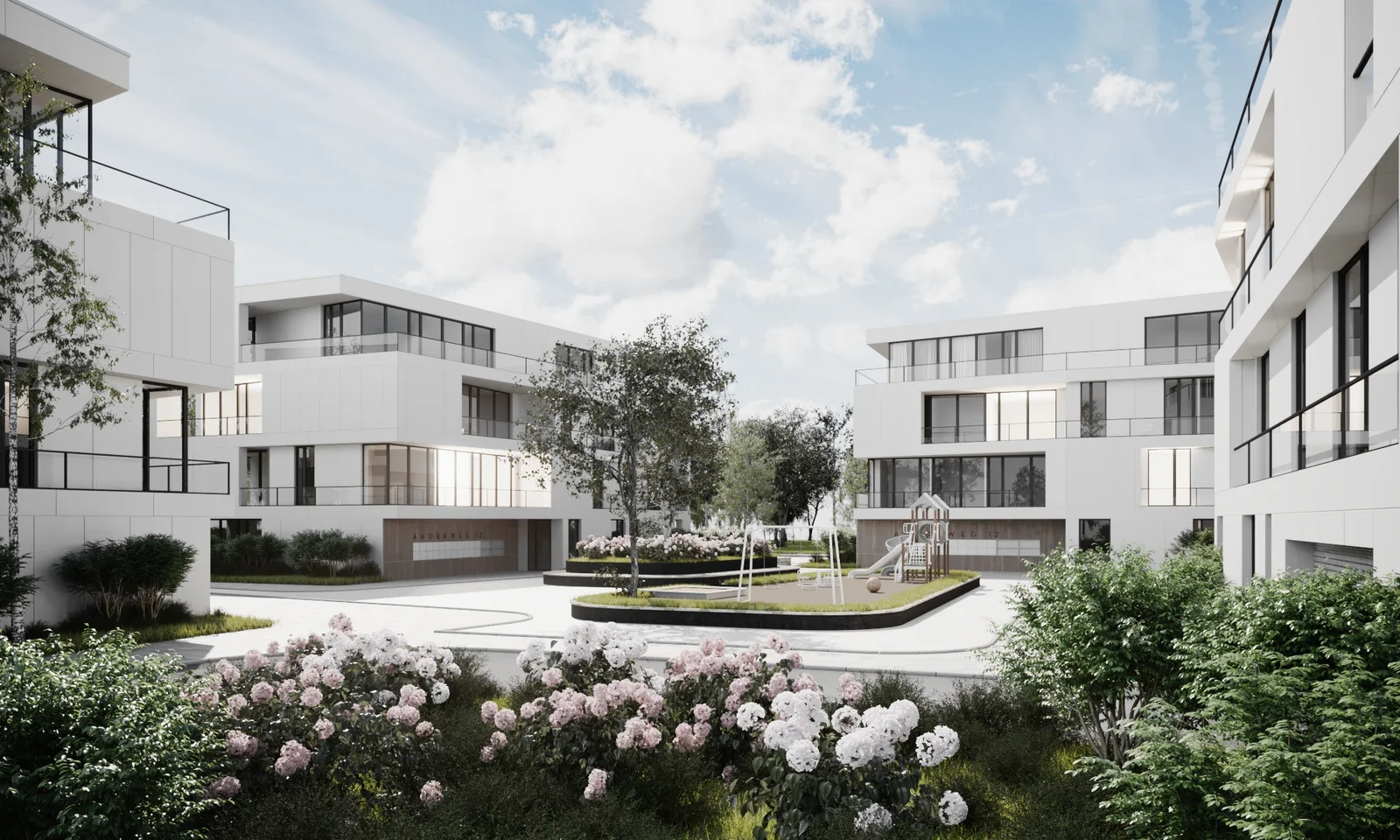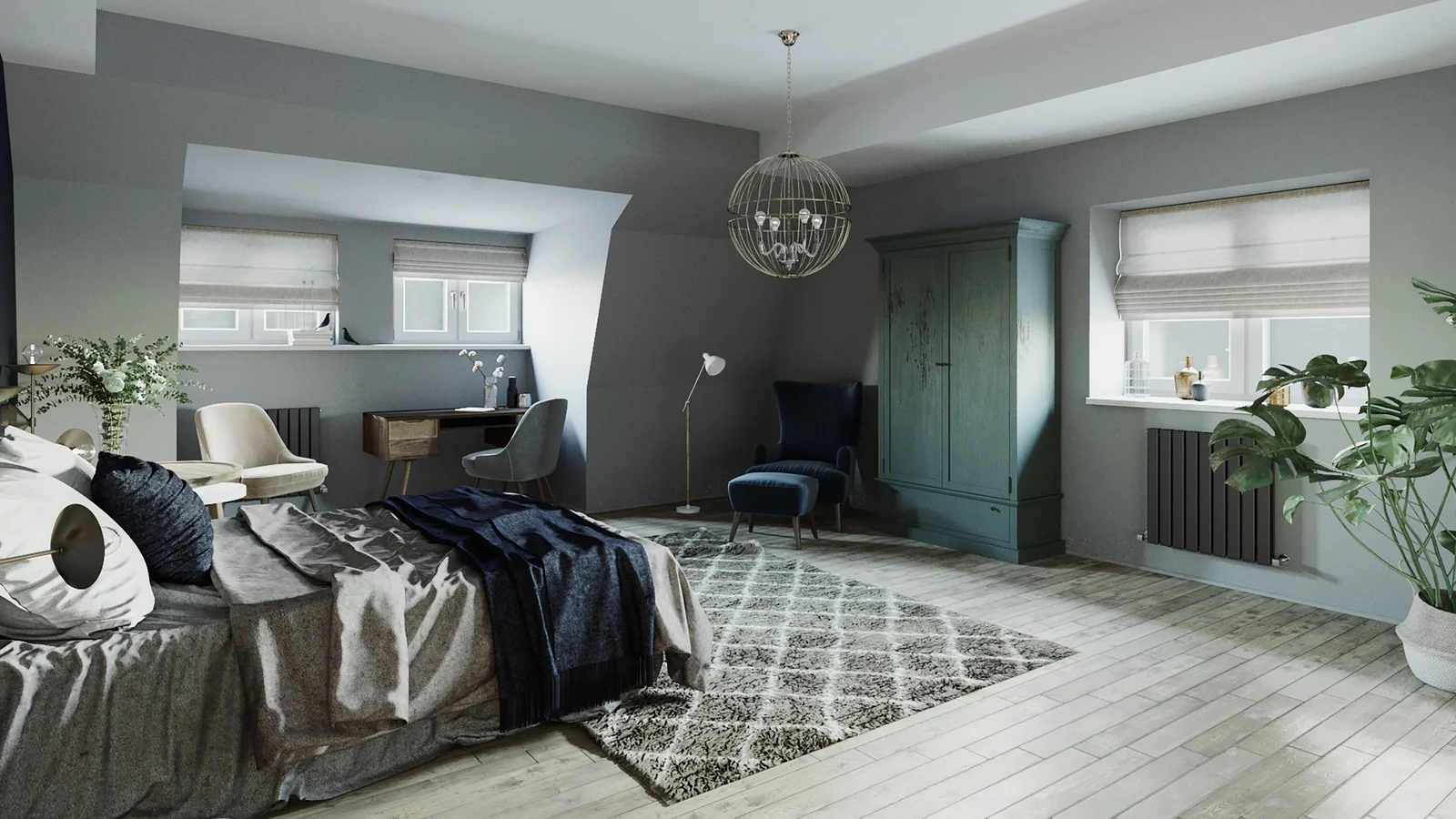How 3D Visualizations Restore Historical Facades Digitally
In recent years, the advent of technology has revolutionized various sectors and the field of history and architecture is no exception. One of the most significant breakthroughs in this field is the use of 3D visualizations to digitally restore historical facades. This allows us to preserve our valuable cultural heritage and allows future generations to appreciate the intricate details and beauty of these architectural marvels.
3D Visualization: A Bridge to the Past
3D visualization refers to the process of creating graphical content with the help of computer software. It’s a powerful tool that allows us to recreate and visualize objects or scenes in three-dimensional space. But how does it help in restoring historical facades? Let’s delve into the details.
The Process of Digital Restoration
The process of digitally restoring historical facades involves several steps, beginning with the collection of data about the original structure. This could be in the form of photographs, blueprints, or textual descriptions. The data is then used to create a 3D model of the facade, which can be fine-tuned to replicate the original design as closely as possible.
Benefits of Digital Restoration
Digital restoration offers several benefits over traditional restoration methods. First and foremost, it is non-invasive, meaning it does not cause any physical damage to the structure. Furthermore, it allows for a high level of precision, enabling us to recreate intricate details that may have been lost over time. Lastly, digital restoration provides a permanent record of the structure, which can be useful for future research or restoration projects.
Utilizing 3D Visualizations for Digital Restoration
3D visualizations have proven to be an instrumental tool in the realm of historical preservation. These cutting-edge digital tools allow experts to create accurate, lifelike representations of historical facades that may have been lost or damaged over time.
The Process of Digital Restoration
The journey of digitally restoring historical facades begins with extensive research. Historical documents, architectural plans, and old photographs are examined in order to gather as much information as possible about the original structure. Once there is a solid understanding of the original facade, the process of creating a 3D model can begin.
Using specialized software, a 3D model of the facade is constructed. This process can be time-consuming, and requires a keen eye for detail to ensure that the digital representation is as accurate as possible. Once the model is complete, textures and colors are added to bring the facade to life.
The completed 3D visualization can then be used for a variety of purposes. It can be incorporated into virtual reality experiences, used as a reference for physical restoration projects, or simply serve as a way to preserve and display historical architecture in a new and engaging way.
The Impact of 3D Visualizations on Historical Preservation
The advent of 3D visualizations has had a profound impact on the field of historical preservation. This technology enables us to virtually step back in time and experience historical facades as they once were, which not only enriches our understanding of the past, but also allows us to appreciate and preserve these architectural masterpieces for future generations.
Case Studies of Digital Restoration
Numerous projects around the globe have successfully employed 3D visualizations to restore historical facades digitally. For example, the Palace of Versailles in France, which had portions of its intricate facade deteriorate over the centuries, was digitally restored using 3D technology. This allowed experts to examine the original design in detail and plan for physical restoration works.
Similarly, the city of Palmyra in Syria, which suffered significant damage during recent conflicts, has been digitally reconstructed using 3D visualizations. This has not only preserved the memory of the city’s historical facades, but also provided a blueprint for potential physical reconstruction in the future.
The Future of Digital Restoration
The use of 3D visualizations to restore historical facades digitally is a promising field that continues to evolve. As technology advances, we can expect even more accurate and immersive visualizations.
Advancements in Technology
With the development of technologies such as virtual reality (VR) and augmented reality (AR), the experience of viewing these digital restorations can become even more immersive. Imagine being able to walk through the streets of a historical city as it appeared centuries ago, or explore the interiors of a historical building that no longer exists.
Moreover, as machine learning and artificial intelligence continue to advance, the process of creating 3D visualizations may become even more efficient and accurate, opening up new possibilities for the preservation of our shared cultural heritage.In conclusion, the advent of 3D visualizations has revolutionized the way we restore historic facades digitally. It has opened up a new world of possibilities, enabling us to recreate and preserve our rich architectural heritage with stunning accuracy and detail. This technology not only aids in the conservation of historic structures but also brings them to life, allowing present and future generations to appreciate their beauty and significance. Indeed, the marriage of heritage preservation and modern technology through 3D visualizations has turned out to be a perfect blend of the past, the present, and the future.







